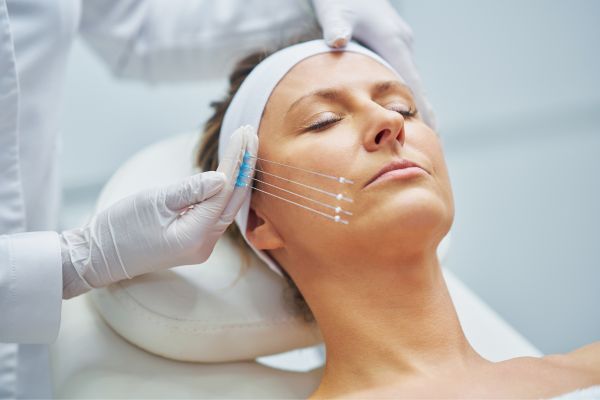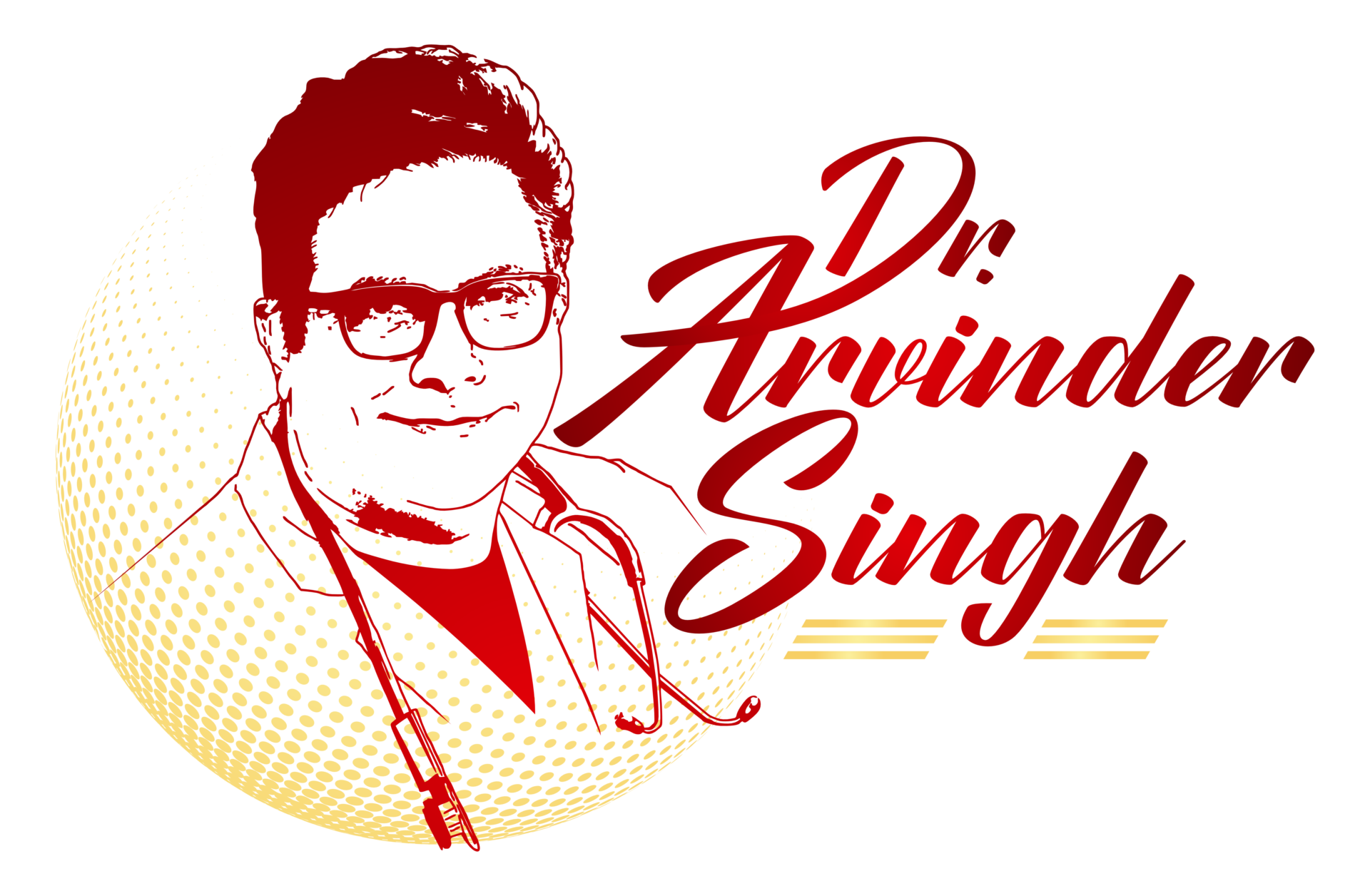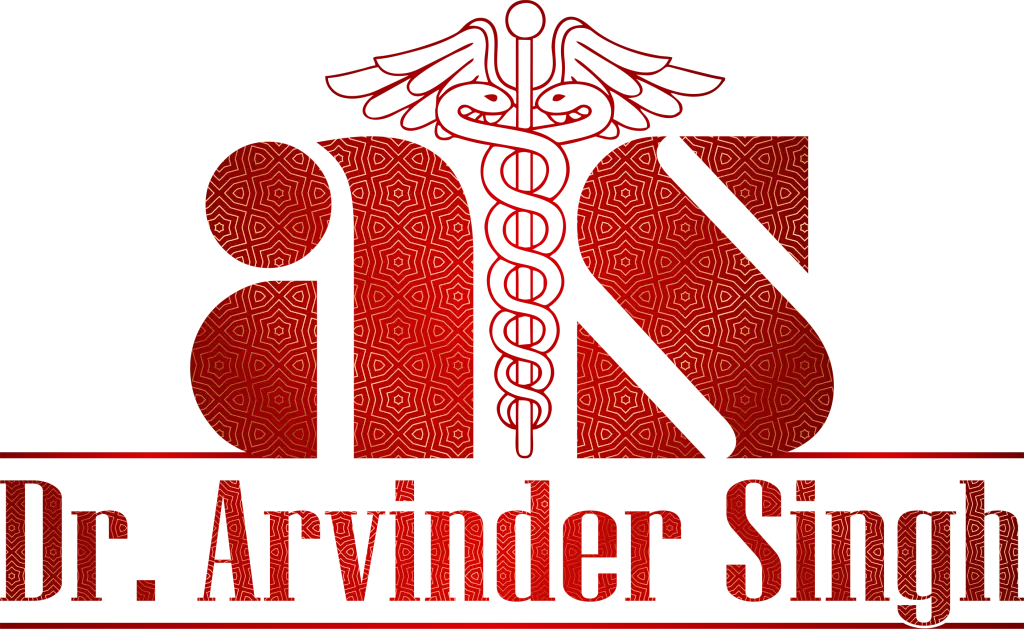The face is the focal point of the body, the primary area where people naturally direct their attention when identifying someone. It also acts as a canvas which reflects the identity and personality. Our appearance is one of the important determining factor for self-esteem and self-assurance.
In India, where beauty and self-expression have deep cultural roots, the pursuit of aesthetic enhancement is not just a modern trend but an age-old tradition. Here you will learn about numerous approaches to accentuating one’s inherent beauty and elevating self-confidence through face shaping treatments in India.
What Is Face Shaping Treatment and How It Positively Impact on Individuals?
Face shaping treatments in India encompass a range of procedures aimed at enhancing, restoring, or rejuvenating the facial features. The purpose is to not only improve aesthetics but also to promote a sense of well-being. Feeling good about one’s appearance can have profound psychological benefits, improving self-esteem and self-confidence. It is no secret that the way you perceive your own face influences your self-worth, and this is why these techniques hold such importance.
Popular Face-Shaping Procedures in India –

In India, there are a variety of face-shaping treatments to cater to individual needs and goals. Some of the most popular options includes:
1. DERMAL FILLERS
Dermal fillers are non-invasive injectables used to restore volume and smoothen wrinkles. They can enhance cheekbones, lips, and jawlines, creating a youthful and harmonious appearance.

2. NON-SURGICAL FACELIFTS
Non-surgical facelifts use a combination of treatments like dermal fillers and threads to lift and rejuvenate the face without surgery, resulting in a more youthful look.

3. BOTOX
BOTOX is well-known for its ability to relax facial muscles, reducing wrinkles and fine lines. It is often used for forehead lines, crow’s feet, and frown lines.

4. THREAD LIFTS
Thread lifts is a procedure that involves inserting dissolvable threads into the skin to lift and tighten sagging skin, especially in the lower face and neck areas.

5. HIFU (HIGH INTENSITY FOCUSED ULTRASOUND)
It is powerful technique which has the capacity to work on deeper layers of face. This powerful tool is used for face tightening & collagen induction. It will eventually enhance the youthfulness of your face.

6. PLASMA FACE SCULPTING
It is a regenerative technique in which natural growth factors are harnessed from one’s body. It is injected into deep layers of face for rejuvenation and regeneration providing antiaging and face lifting.

Benefits of Face-Shaping Treatments –
Each of these treatments comes with a unique set of aesthetic benefits. Dermal fillers and Botox can restore youthfulness and vitality, making you look more refreshed. Non-surgical facelifts and thread lifts offer a non-invasive way to lift sagging skin, achieving a rejuvenated appearance. These treatments can enhance your natural beauty, allowing your features to shine without radically altering your face.
Choosing the Right Treatment
Though there are various treatments for every individual, selecting which suits your needs is really important. Here is a list of factors which you must consult while selecting your treatment:
Your Goal –
It is essential to identify your goals; What are you hoping to achieve? Do you want to enhance your cheekbones, reduce signs of ageing, or achieve a more symmetrical appearance? Your specific objectives will significantly influence your choice of treatment.
Your Concerns –
Consider your personal concerns as well. Do you have any medical conditions or allergies that might affect your treatment options? Are you looking for a non-invasive solution? Understanding your concerns will help you narrow down your choices.
Cost Considerations –
Set a budget and be realistic about what you can afford. The cost of face shaping treatments can vary significantly. Non-surgical treatments, such as dermal fillers, are generally more affordable than surgical procedures like rhinoplasty or facelifts
Recovery Time –
The recovery period is another crucial factor to ponder. Surgical procedures often come with longer recovery times, which may require you to take time off work and social activities. Non-invasive treatments typically have shorter downtime.
The Process –
Understanding what to expect during a face-shaping procedure is essential for your peace of mind. Consultation with a skilled practitioner will involve a thorough examination, discussion of your goals, and a personalised treatment plan.
The Procedure Journey
Face shaping process is surely exciting, but it is very essential that you understand the procedure before going through the process. The process includes:
Consultation –
During this, you’ll discuss your goals, concerns, and treatment options to be assessed as per your suitability for the procedure and help you make an informed decision.
Preparation –
Before the procedure, you may receive specific instructions, such as avoiding certain medications or skincare products. Depending on the treatment, local or general anaesthesia may be administered.
Procedure & Recovery –
The specifics of the procedure vary based on the treatment. After the procedure, there is a recovery period. This duration varies depending on the treatment; non-surgical options typically have minimal downtime, while surgical procedures may require more extended recovery.
Safety and Risks –
Safety is paramount when it comes to face-shaping treatments. To minimise risks and complications, you can choose us. Potential side effects are generally mild and temporary, but it is crucial to be informed and prepared for any possible outcomes. We process through Informed consent and comprehensive consultations, which are essential for your peace of mind and safety.
Now, if you are well versed with the positive impacts of face shaping treatments, it is the right time to get it done by the expert cosmetic dermatologist, Dr Arvinder Singh. He is certified from Canadian Board, UK Board and American Council (USA) for Cosmetic Dermatology, Clinical Cosmetology and Medical Aesthetics.


